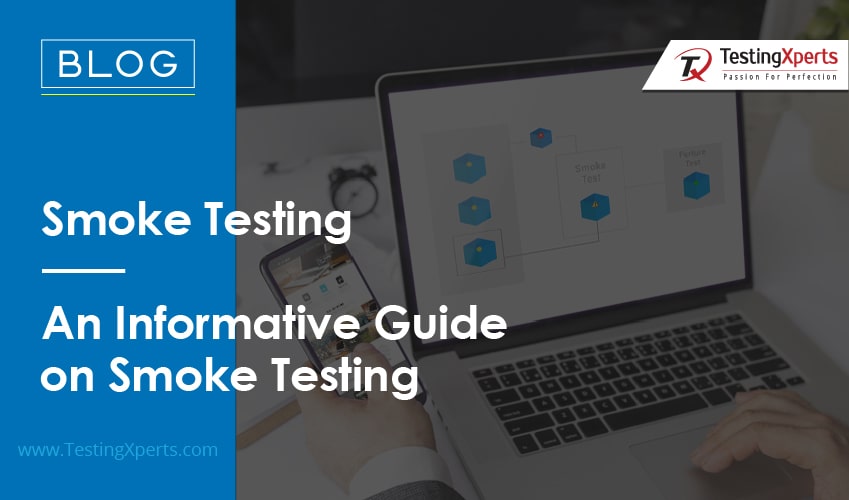
- What is Smoke Testing and why is it important?
- Smoke Testing – ‘Verifies build stability
- What is the scope of Smoke Testing?
- When Smoke Testing is performed?
- What happens if Smoke Testing is not taken up?
- Who will do Smoke Testing?
- Benefits of Smoke Testing
- Important tips for performing Smoke Tests
- What are the steps involved in Smoke Testing and how to perform them?
- Major differences between Smoke and Sanity Testing
- Conclusion
What is Smoke Testing and why is it important?
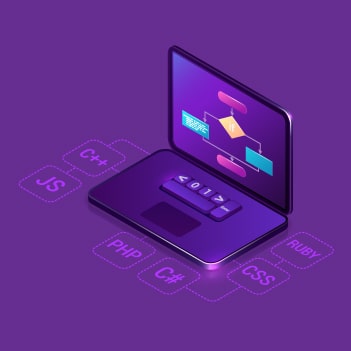
Quality product is what matters for enterprises today for which effective software testing is essential as it plays an important role in achieving quality. There are different types of software testing methods such as unit testing, integration testing, system testing, smoke testing, sanity testing, functional testing, non-functional testing types, etc. Out of these, smoke testing is a testing method that has its own prominence among these listed software testing methods.
Smoke testing has got its name from hardware repair systems wherein a smoke test is performed on pipelines to know whether they are working or not. Similarly, this smoke test is a quick test performed as a part of the software testing, to see if the application “catches on fire” when a new build is deployed and tested for the first time.
This type of testing is also named as build verification or build acceptance form of testing. Specifically, this should be the first method of software testing that needs to be executed when once any new code deployment or code update is done for software projects.
Smoke Testing – ‘Verifies build stability’
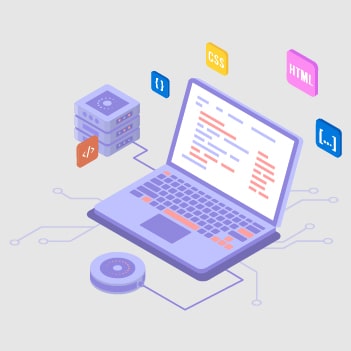
The QA team is involved in the smoke testing process which is usually taken up in the QA environment which smoke tests whenever a new build is deployed. It tests whether all the test environment aspects are running successfully and whether the build is stable or not and justifies if the build can be used for further testing process. This testing method is designed to test core functionality of a new build and if the smoke test fails then it is very likely the build is immediately rejected by the QA team.
This sort of build verification testing is an effective process and is a verification method that can ensure that the product is stable and fully functional. Moreover, if a product fails smoke testing, then there is no point in further testing the product.
Therefore, the outcome of this smoke testing is very critical to determine whether a build is stable enough to carry out further testing method.
What is the scope of Smoke Testing?
Basically, smoke testing is a rapid regression test of the major functionality and shows that the product is ready for further testing. With smoke testing method, most of the defects are identified at initial stages of the software development and helps in correction of these identified defects.
With this testing method, the QA team can find defects to the application functionality and at times this testing method is also done by developers. If the smoke test is a pass then the build can be further sent to the testing process else the build is rejected.
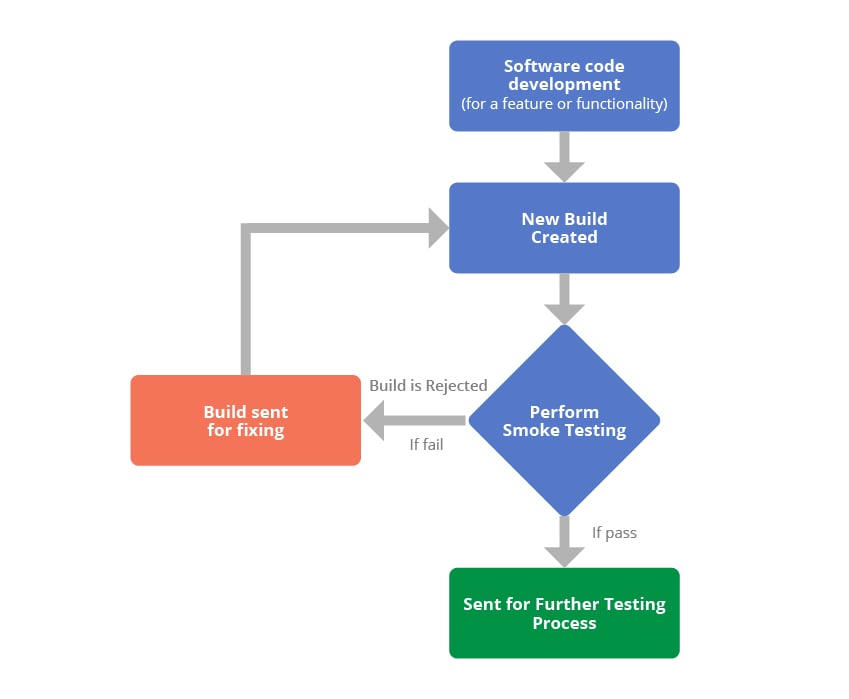
When Smoke Testing is performed?
This testing should take place at the beginning of the software testing life cycle. Smoke testing quickly verifies the quality of the build and evaluates the basic tasks whether they can be executed or not. This method of testing should be adopted when there is a change in the build or whenever a new build is deployed.
This type of testing checks the stability of the code for each sprint with new code deployed. This testing method is executed before any detailed functional or regression testing is taken up as this testing process requires very less time to get an overview of the new code stability.
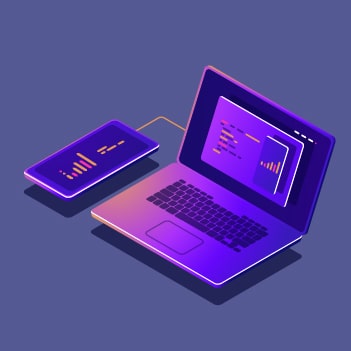
In smoke testing, the test cases usually cover the most important functionalities of the system. The basic objective of this method of testing is not to perform exhaustive testing, but to verify that the critical functionalities of the system are working fine.
This can be useful to know the below functions such as certain login functions, to check installing and running of mobile apps, or to check the responsiveness of GUI features of web apps or used while in checking some basic operations across web apps and mobile apps.
What happens if Smoke Testing is not taken up?
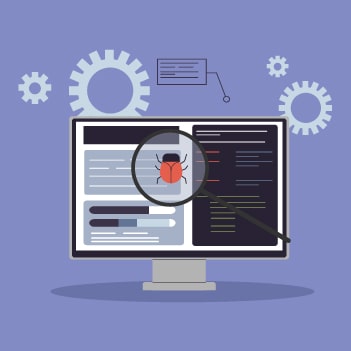
Specifically, if smoke testing is not performed, then there may be a situation where certain critical bugs would not be found and might become a show stopper going forward for other testing processes.
If this method of testing is not performed then there is every chance of some integration errors that might crop up while performing other methods of software testing. Further, it is essential for any new build being deployed to effectively get smoke tested to ensure whether the build can be allowed for further testing process.
Who will do Smoke Testing?
Either QA lead or QA Engineers are responsible to perform smoke testing. In case a new build of software is developed, it will be tested whether it is efficiently working or not.
In a particular scenario, the QA team will list all the important aspects of the software’s features. Then smoke testing is performed to check its stability and functionality.
Smoke testing is performed during the development phase in order to determine whether the requirements are in-line with the build.
Smoke testing can be performed both manually and through the use of an automation tool.
Benefits of Smoke Testing
1. Detects and picks up the show stopper bugs early in the software life cycle and saves time
2. Works as a gate keeper to accept or reject a build based on its stability to allow for further testing process
3. Identifies critical blocker bugs at early stages and helps for faster bug resolution
4. Enables quality improvement as major issues are detected and corrected much earlier in the software test life cycle and thereby increases quality
5. Delivers faster feedback which is a great advantage as this testing takes very less time and ensures whether the build can be progressed for further testing process
6. Helps to uncover some of the obvious errors which saves time and effort of the testing team
7. Eases progress assessments for project managers as this method helps to assess the software development progress
Important tips for performing Smoke Tests
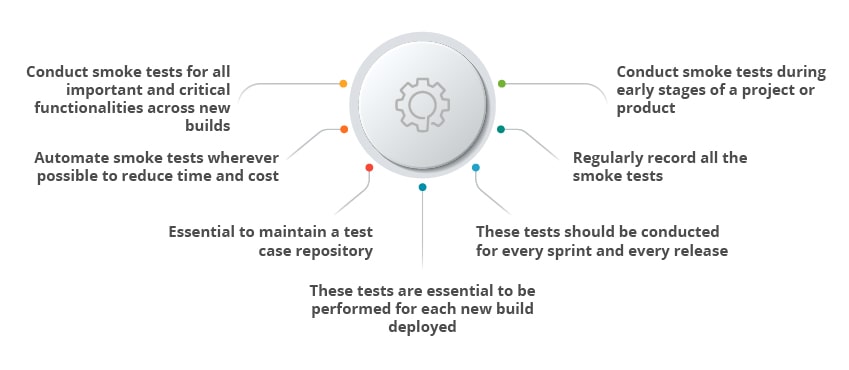
1. Conduct smoke tests during early stages of a project or product
2. Regularly record all the smoke tests
3. Smoke tests should not take more than an hour
4. These tests should be conducted for every sprint and every release
5. These tests are essential to be performed for each new build deployed
6. Essential to maintain a test case repository
7. Automate smoke tests wherever possible to reduce time and cost
8. Conduct smoke tests for all important and critical functionalities across new builds
What are the steps involved in Smoke Testing and how to perform them?
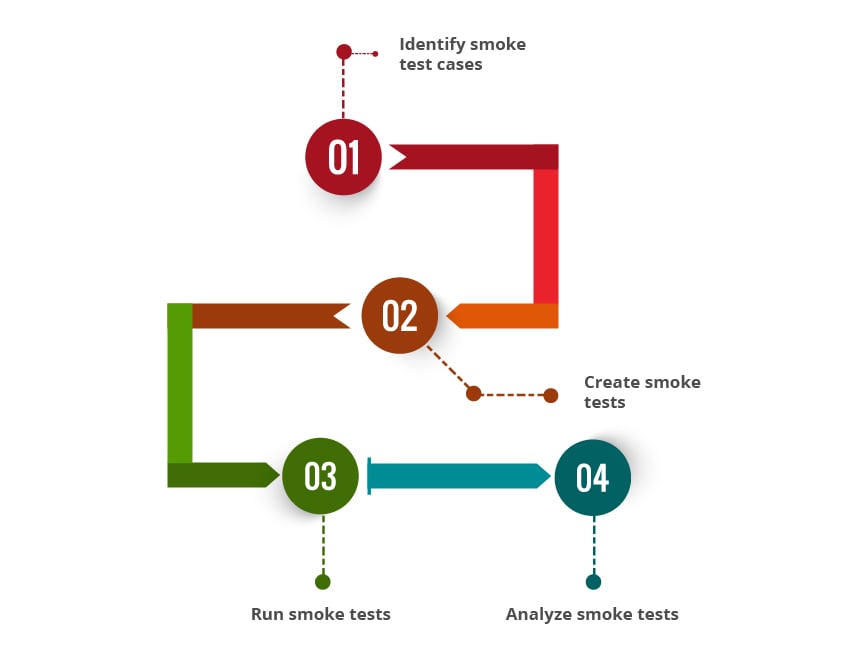
Identify smoke test cases:
This is a very important step while performing the smoke tests. It is essential to identify the minimum number of test cases to cover the crucial functionalities of the product so that they can be executed quickly
Create smoke tests:
The identified smoke tests should be used to create test cases around them. The test cases are developed manually and test scripts can be created to perform automation.
Run smoke tests:
Once the smoke tests are created then they can be run on the build and results can be analyzed.
Analyze smoke tests:
After the smoke tests are performed the results should be analyzed to know whether the build is a pass or a failure
Smoke testing can be performed either manually or in some cases automation can also be adopted. But, basically there are three types of Smoke tests listed below:
Types of Smoke Tests
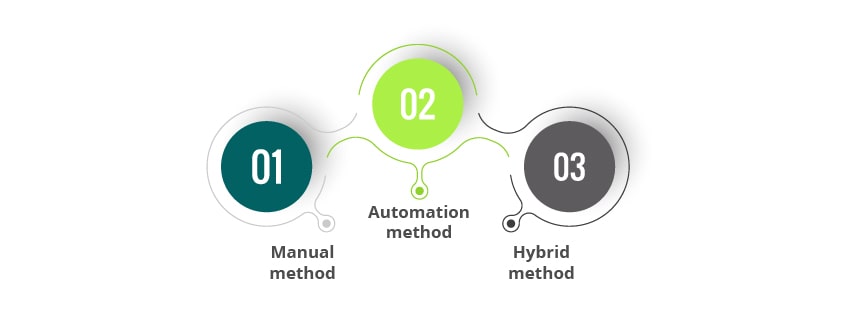
Manual method:
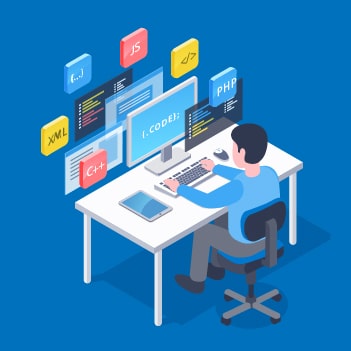
The smoke tests are run manually in this method of smoke testing wherein for each newly added feature, the scripts have to be updated or based on the need new scripts will have to be created. This is the most commonly used method for smoke testing.
Automation method:

Automation testing is also used wherein a set of automated test cases are used to run the smoke tests. With the help of automation tests, developers can check build immediately, whenever there is a new bug noted in the build.
Hybrid method:

This is a combination of both manual and automated testing methods which improves the overall smoke testing performance.
Major differences between Smoke and Sanity Testing
– Smoke testing is mostly used to check critical functionalities of a software build while sanity testing focuses on minor areas or minor functionalities.
– Smoke tests can be performed either manually or in some cases can also be automated. But, typically sanity testing does not have any specific test cases or test scripts.
– Smoke tests are usually carried out by QA team in the QA environment but in certain cases, it can be performed by developers, while sanity tests are performed by software testers.
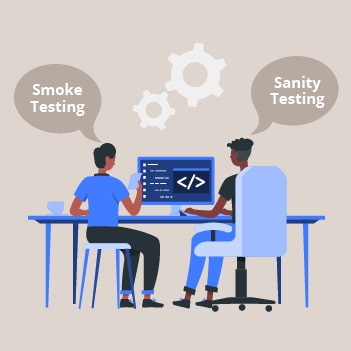
– Smoke testing is also called as build verification testing and is a subset of acceptance testing while sanity testing is a subset of regression testing.
– Majorly, this testing should be done for the entire application for each sprint when new build is deployed while sanity testing is taken up to test only some critical components.
Conclusion
Today’s enterprises need quality products in the form of high performing web and mobile apps to beat the competition. In order to achieve quality products, software testing is essential.
There are different types of software testing which includes unit testing, integration testing, system testing, sanity testing, smoke testing, interface testing and many more. Among these testing methods, smoke testing plays an important role as it is performed on each new build to check if the build is broken or can be moved to further testing.
There are many benefits with smoke testing at an early stage of the product development. Hence, this testing process should be adopted as it quickly evaluates the basic functionalities of a new build and ensures whether the build is suitable to be moved for further testing process.
Therefore, while working on software products, enterprises should take into consideration smoke testing as an important testing process to judge the build stability. Leverage testing services providers end-to-end functional and non-functional testing services to achieve quality products. Talk to our experts today!
Related Queries on Smoke Testing
Q1. What is smoke testing with example?
Ans. This type of testing is also named as build verification or build acceptance form of testing. Specifically, this should be the first method of software testing that needs to be executed when once any new code deployment or code update is done for software projects.
Q2.What is difference between sanity and smoke testing?
Ans. This type of testing is mostly used to check critical functionalities of a software build while sanity testing focuses on minor areas or minor functionalities.
Q3. Why is it called smoke testing?
Ans. Basically, this type of testing is a rapid regression test of the major functionality and shows that the product is ready for further testing.
Q4. What are smoke testing benefits?
Ans. There are various benefits of smoke testing. Some of them are mentioned in the blog. Click here.
Discover more
Get in Touch
Stay Updated
Subscribe for more info




